
Filter News
Area of Research
- Advanced Manufacturing (4)
- Biology and Environment (87)
- Biology and Soft Matter (1)
- Computational Engineering (1)
- Computer Science (2)
- Electricity and Smart Grid (1)
- Energy Science (104)
- Energy Sciences (1)
- Functional Materials for Energy (2)
- Fusion and Fission (10)
- Fusion Energy (6)
- Isotopes (24)
- Materials (50)
- Materials for Computing (4)
- Mathematics (1)
- National Security (6)
- Neutron Science (13)
- Nuclear Science and Technology (14)
- Nuclear Systems Modeling, Simulation and Validation (1)
- Supercomputing (27)
News Type
News Topics
- (-) Advanced Reactors (30)
- (-) Clean Water (30)
- (-) Composites (25)
- (-) Energy Storage (79)
- (-) Environment (178)
- (-) Isotopes (46)
- (-) Space Exploration (24)
- 3-D Printing/Advanced Manufacturing (106)
- Artificial Intelligence (100)
- Big Data (66)
- Bioenergy (90)
- Biology (106)
- Biomedical (57)
- Biotechnology (28)
- Buildings (57)
- Chemical Sciences (59)
- Computer Science (169)
- Coronavirus (34)
- Critical Materials (18)
- Cybersecurity (23)
- Education (2)
- Emergency (4)
- Exascale Computing (54)
- Fossil Energy (7)
- Frontier (48)
- Fusion (56)
- Grid (57)
- High-Performance Computing (104)
- Hydropower (12)
- Irradiation (3)
- ITER (8)
- Machine Learning (53)
- Materials (118)
- Materials Science (109)
- Mathematics (11)
- Mercury (10)
- Microelectronics (3)
- Microscopy (42)
- Molten Salt (8)
- Nanotechnology (41)
- National Security (70)
- Neutron Science (122)
- Nuclear Energy (98)
- Partnerships (43)
- Physics (44)
- Polymers (23)
- Quantum Computing (41)
- Quantum Science (62)
- Security (20)
- Simulation (55)
- Software (1)
- Statistics (3)
- Summit (50)
- Transportation (77)
Media Contacts
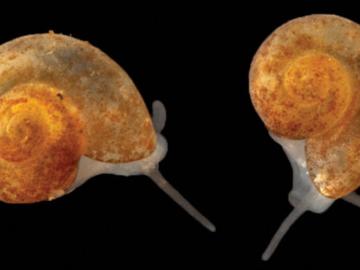
Sometimes conducting big science means discovering a species not much larger than a grain of sand.
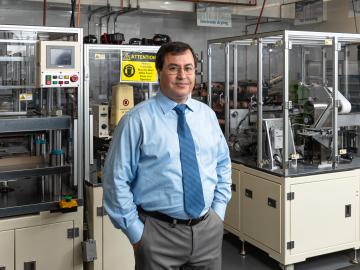
Ilias Belharouak is leading ORNL’s research efforts in investigating new materials for solid-state batteries, which can double the charging capacity of lithium-ion batteries, commonly used today for electronic devices such as cell phones.
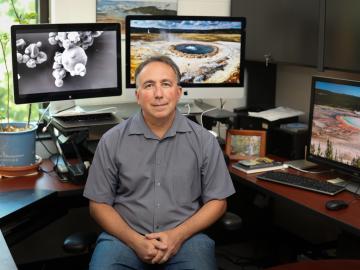
Mircea Podar, Distinguished Staff Scientist and Leader of the Systems Genetics Group in the Biosciences Division at Oak Ridge National Laboratory, has been elected fellow of the American Academy of Microbiology.

Jitendra Kumar, a researcher at the Department of Energy’s Oak Ridge National Laboratory, has been elevated to the grade of senior member of the Institute of Electrical and Electronics Engineers (IEEE).
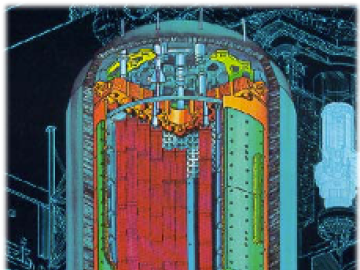
A software package, 10 years in the making, that can predict the behavior of nuclear reactors’ cores with stunning accuracy has been licensed commercially for the first time.
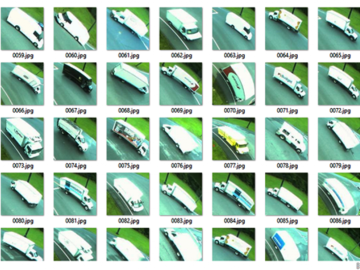
Each year, approximately 6 billion gallons of fuel are wasted as vehicles wait at stop lights or sit in dense traffic with engines idling, according to US Department of Energy estimates.
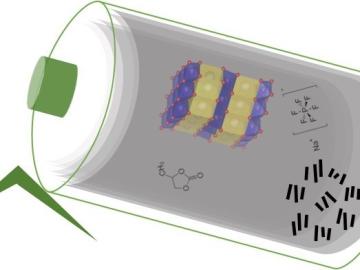
Researchers at ORNL demonstrated that sodium-ion batteries can serve as a low-cost, high performance substitute for rechargeable lithium-ion batteries commonly used in robotics, power tools, and grid-scale energy storage.

A novel approach developed by scientists at ORNL can scan massive datasets of large-scale satellite images to more accurately map infrastructure – such as buildings and roads – in hours versus days.
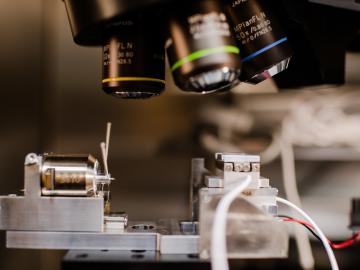
The formation of lithium dendrites is still a mystery, but materials engineers study the conditions that enable dendrites and how to stop them.
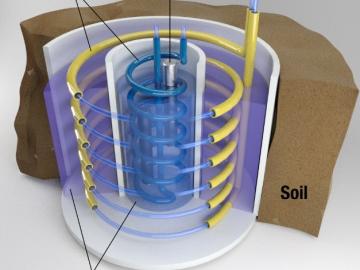
Oak Ridge National Laboratory researchers created a geothermal energy storage system that could reduce peak electricity demand up to 37% in homes while helping balance grid operations.


